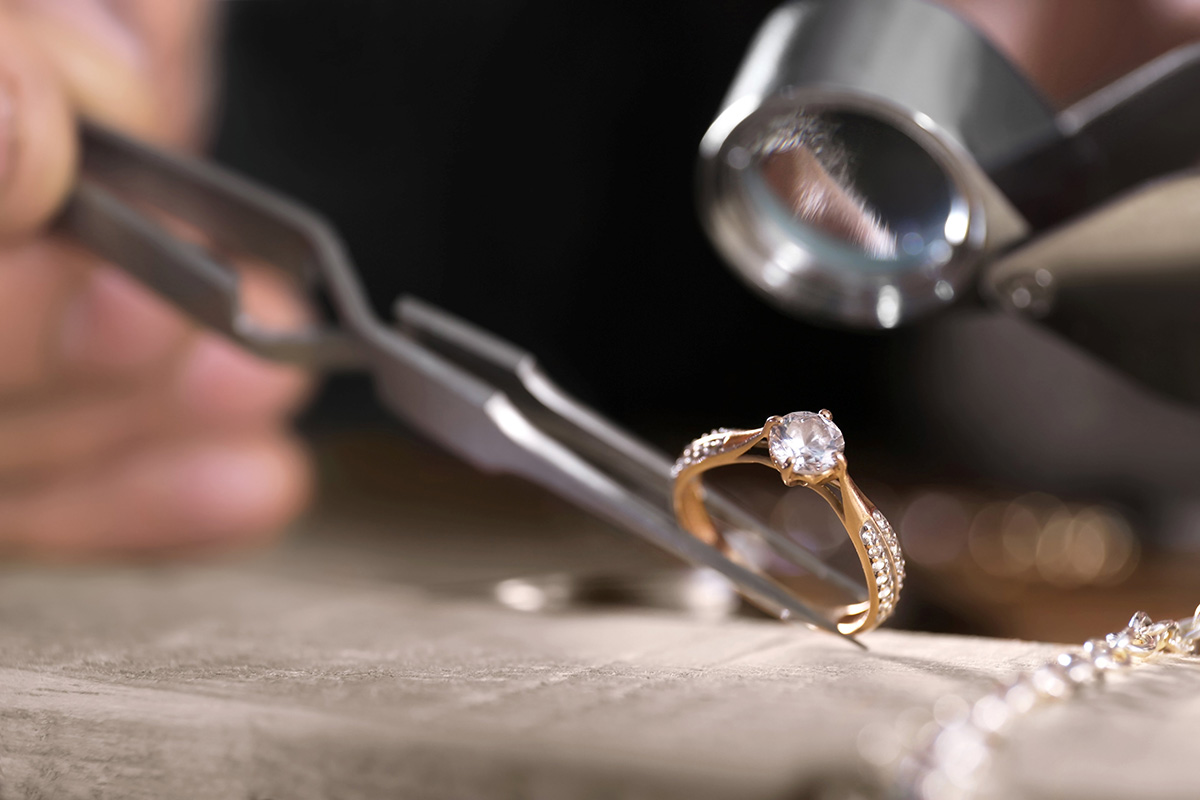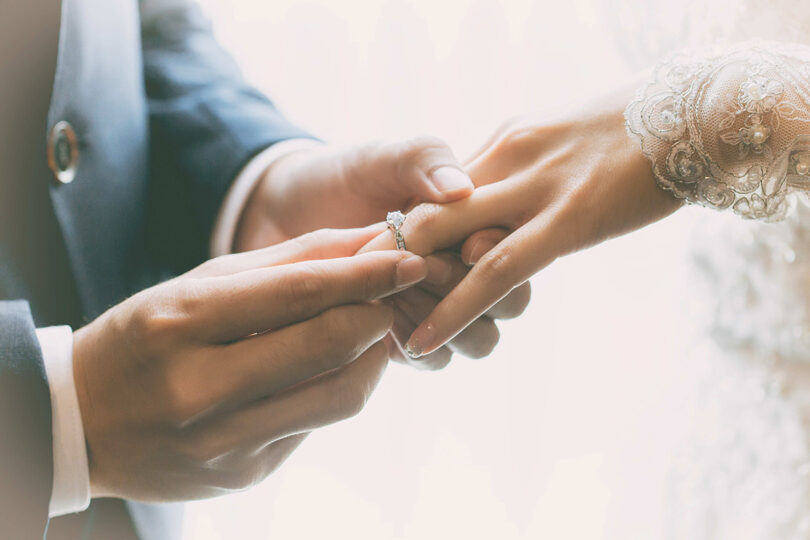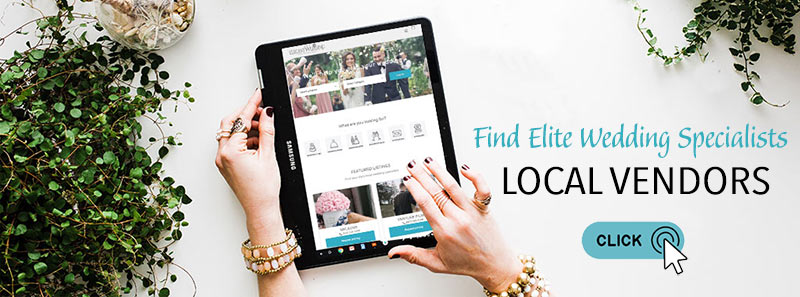Finding the perfect diamond engagement ring can be daunting. With so many factors to consider, it’s easy to get overwhelmed and confused. The key to choosing a diamond engagement ring that you’ll love for many years is understanding the 4 Cs: carat, cut, clarity, and colour. These four factors determine a diamond’s quality and value. This article will break down the 4 Cs and offer tips on how to choose a diamond engagement ring that reflects your style and budget. So, let’s get started!
Cut: The Sparkle Factor
The cut of a diamond is what gives it brilliance, fire, and scintillation – that dazzling sparkle everyone loves. A well-cut diamond will radiate light and shimmer from every angle, while a poorly cut diamond will appear dull and lifeless. When shopping for engagement rings Australia or in any country, take your time and do your research. Pay close attention to the cut grade. The American Gem Society (AGS) grades diamond cuts using a 0-10 scale, with 0 being the worst and 10 being the best.
Common Diamond Cuts
Common diamond cuts include round, princess, pear, oval, and emerald. Each cut has its own unique characteristics and can complement different styles and preferences. The classic round cut is known for its brilliance, while the princess cut is a modern and elegant choice. The pear and oval cuts offer a more elongated shape, while the emerald cut is renowned for its rectangular shape and step-cut facets.
Key Things To Look For
When evaluating a diamond’s cut, pay attention to its symmetry, polish, and proportions. The diamond should be symmetrical, meaning the two halves are the same size and shape. The surface should be smooth and free of blemishes. Additionally, the proportions of the diamond should be balanced to maximize its brilliance and sparkle.
A well-cut diamond can make even a smaller stone look larger and more brilliant. So, if you’re on a budget, don’t be afraid to prioritize cut over carat weight.
Colour: Finding the Right Shade
While most people associate diamonds with being colourless, diamonds actually come in a range of colours. The GIA color grading scale ranges from D (colorless) to Z (light yellow).
Colourless Diamonds
The closer a diamond is to D, the more colorless and valuable it is. However, it’s important to note that most people can’t tell the difference between a D-colour diamond and an F-colour diamond.
Affordable Options
If you’re looking for a more affordable option, consider a diamond with a lower colour grade. Be sure to view the diamond in person to see if the colour is noticeable.
Setting and Colour
Consider how the metal interacts with the diamond’s hue. Yellow gold can make a diamond with a lower colour grade appear whiter, adding warmth to a summer wedding with a vibrant theme. Conversely, platinum or white gold can accentuate the yellow tones in a diamond, creating a striking contrast against the bright colours of your intimate celebration.
The most important thing is to choose a diamond that you love. Don’t be afraid to ask questions and seek advice from a trusted jeweller.
Clarity: Imperfections vs. Perfection
Clarity refers to the presence of inclusions and blemishes within a diamond. These imperfections can range from tiny flaws that are only visible under magnification to more noticeable blemishes that can affect the diamond’s appearance.
The GIA Clarity Grading Scale
This grading scale evaluates the number, size, and visibility of internal flaws (inclusions) and surface blemishes in a diamond. Here’s a breakdown:
-
- FL (Flawless): No inclusions or blemishes visible even under magnification—extremely rare and highly valued.
- IF (Internally Flawless): No internal inclusions, but minor surface blemishes may be present.
- VVS1/VVS2 (Very, Very Slightly Included): Inclusions are so minute that they are difficult to detect, even under magnification.
- VS1/VS2 (Very Slightly Included): Inclusions are visible under 10x magnification but remain minor and often invisible to the naked eye.
- SI1/SI2 (Slightly Included): Inclusions are noticeable under magnification and may be visible to the naked eye, but often don’t impact the overall beauty of the diamond.
- I1/I2/I3 (Included): Inclusions are easily seen under magnification and may affect both the transparency and brilliance of the diamond.
The higher the grade, the fewer the imperfections, leading to greater clarity. However, many inclusions are microscopic, meaning diamonds with lower clarity grades can still appear flawless to the naked eye, offering excellent value.
Understanding & Evaluating Inclusions
While the clarity grade is important, it’s essential to remember that not all inclusions and blemishes are created equal. Some flaws may be more noticeable than others, depending on their size, location, and the overall quality of the diamond.
When evaluating clarity, consider the location, type, and size of inclusions. Inclusions near the centre or visible to the naked eye can be more noticeable. Some inclusions, like clouds or feathers, are more noticeable than others. Larger inclusions are more likely to be visible. A well-cut diamond can often mask the appearance of minor inclusions. So, if you’re on a budget, don’t be afraid to consider a diamond with a slightly lower clarity grade.
Ultimately, the most important thing is to choose a diamond that you find beautiful and meaningful. Don’t be afraid to prioritise other factors, such as cut, colour, and carat weight, if they are more important to you.
Carat: The Weight of the Diamond
Carat refers to the weight of a diamond. One carat is equal to 200 milligrams. A larger carat weight generally means a larger diamond, but it’s important to remember that the cut, colour, and clarity of a diamond also play a significant role in its overall appearance and value.
While a larger carat weight may be desirable, it’s also important to ensure that the diamond is well-cut and has good colour and clarity. Understanding what carat weight means and how it impacts overall appearance can bring you one step closer to selecting the diamond that perfectly represents your love story.

Balancing the 4 Cs: Finding the Ideal One
The best way to find the right diamond is to focus on the factors that matter most to you and your partner. If you’re working within a budget, you might prioritise cut and colour over carat weight and clarity. Ultimately, the perfect diamond is the one that feels right for both of you. Explore your options carefully, gather all the information you need, and choose a ring that truly reflects your partner’s unique style and personality.
Your Perfect Diamond Awaits
Choosing a diamond engagement ring is a meaningful journey. The key is to select one that truly reflects the bond you share. With a bit of patience and research, you’ll discover the exceptional ring that beautifully symbolizes your enduring connection.
































